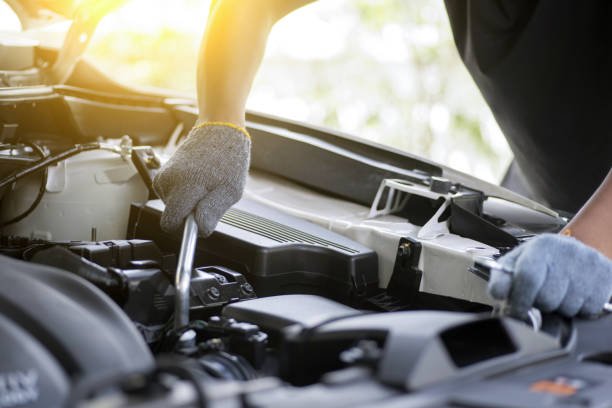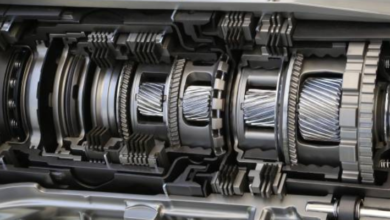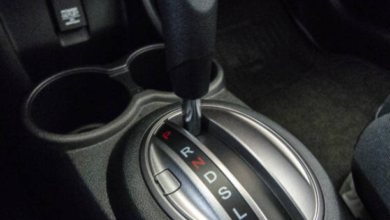Transmission
Overheated Transmission: Causes, Symptoms, and Prevention

Transmission overheating is a serious issue that can lead to significant damage to your vehicle if not addressed promptly. Understanding the causes, symptoms, and preventive measures can help you maintain a healthy transmission and avoid costly repairs that happen due to overheated transmission.
Causes of Transmission Overheating
- Low Transmission Fluid Levels: Transmission fluid lubricates and cools the components of the transmission. Low fluid levels can cause excessive friction, leading to overheating.
- Poor Quality or Degraded Transmission Fluid: Over time, transmission fluid can break down and lose its effectiveness. Using low-quality or degraded fluid can reduce its cooling capabilities.
- Heavy Towing or Overloading: Towing heavy loads or consistently carrying heavy cargo can put extra strain on the transmission, causing it to overheat.
- Driving in Hot Weather: High ambient temperatures can increase the operating temperature of the transmission, especially if combined with heavy driving conditions.
- Clogged Transmission Cooler: The transmission cooler helps dissipate heat from the transmission fluid. A clogged or malfunctioning cooler can prevent adequate cooling.
- Frequent Stop-and-Go Driving: Urban driving with frequent stops and starts can increase the transmission’s workload, leading to overheating.
Symptoms of an Overheated Transmission
- Burning Smell: A noticeable burning odor can indicate overheated transmission fluid. This smell is often compared to burning rubber or hot metal.
- Slipping Gears: Overheating can cause the transmission to slip out of gear or shift erratically, reducing the vehicle’s performance and drivability.
- Unusual Noises: Whining, humming, or clunking noises can indicate that the transmission is struggling to operate under high temperatures.
- Warning Lights: Many modern vehicles are equipped with transmission temperature warning lights. If this light comes on, it indicates that the transmission is overheating.
- Delayed Shifting: Overheating can cause a delay in shifting gears, leading to sluggish acceleration and poor performance.
Prevention and Maintenance Tips
- Regular Fluid Checks and Changes: Regularly check the transmission fluid level and condition. Follow the manufacturer’s guidelines for fluid changes to ensure optimal performance.
- Install an Auxiliary Transmission Cooler: For vehicles used for towing or heavy-duty applications, an auxiliary transmission cooler can help dissipate excess heat.
- Use High-Quality Transmission Fluid: Invest in high-quality transmission fluid that meets or exceeds the manufacturer’s specifications to ensure proper lubrication and cooling.
- Monitor Driving Habits: Avoid aggressive driving and heavy towing whenever possible. If you frequently drive in stop-and-go traffic, give your vehicle a break to cool down.
- Service the Transmission System: Regular maintenance of the entire transmission system, including the cooler and filter, can help prevent overheating issues.
- Check for Leaks: Inspect your vehicle for transmission fluid leaks regularly. Addressing leaks promptly can prevent fluid loss and subsequent overheating.
Conclusion
An overheated transmission is a problem that should not be ignored. By understanding the causes and symptoms, and by taking proactive steps to maintain your transmission, you can ensure its longevity and reliability. Regular maintenance, mindful driving habits, and timely interventions can help you avoid the pitfalls of transmission overheating and keep your vehicle running smoothly.




